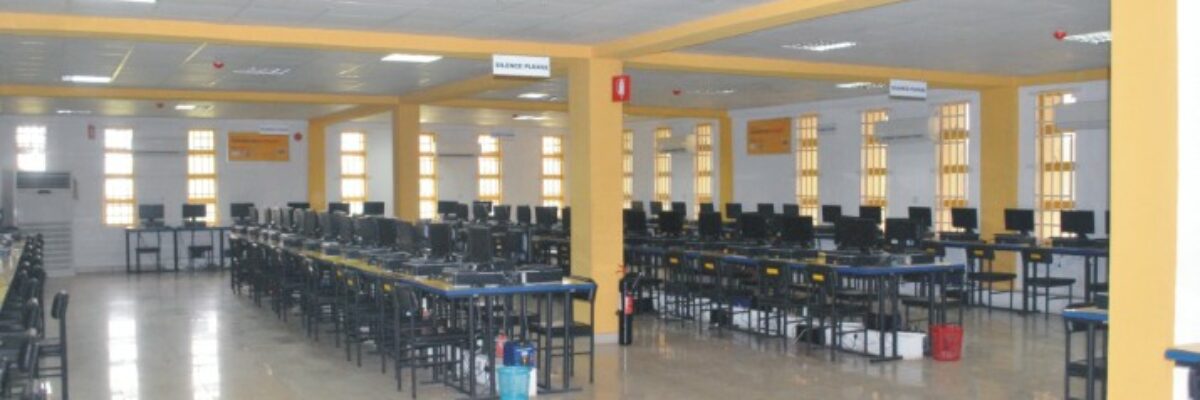For any programme to be accredited by the National University Commission (NUC), there must be a standard University Library because it is the heart and life-line of any citadel of learning. The quality of teaching, learning and research is determined by the robustness of the availability, accessibility and utilization of library and information resources. It is the source of education inspiration and intellectual food on which lecturers, students, researchers and administrators are nourished.
The University of Benin, formerly known as Institute of Technology was founded on Saturday, 23rd November, 1970. On the 1st of July, 1971, it was accorded formal recognition as a full fledged University by NUC. In April, 1972, the change of name from Institute of Technology to University of Benin was announced by the then Military Governor of Midwest State who was also the Visitor to the University.
The University of Benin library was named after the first University Librarian, John Harris. Professor John Harris was the Director of Library Studies at the University of Legon, Ghana. Mrs A. P. Harris midwived the first collection of John Harris Library. In April, 1970, Professor John Harris was appointed to establish the University of Benin Library. He eventually became the University Librarian after the completion of his contract term at the University of Legon, Ghana in June, 1970. Years down the line, the University of Benin Library was named after Prof. John Harris in his honour as its first University Librarian, hence, the name John Harris Library.
LOCATION AND AMBIENCE
John Harris Library is situated at Ugbowo Campus along the main drive between the students’ complex popularly called “Basement”, and the students’ Halls of Residence. Also, it stands directly opposite the Clinical Students Hostel, popularly called “Medical Hostel”.
The ultra-modern library building is air-conditioned, as a way of creating an atmosphere conducive to learning. For electric power generation, there is a standby 500KVA generator which stands as backup to power from the national grid. Additionally, the Library gets electric power from the University’s central generator which supplies power when the other two sources of power fail.
LIBRARY BUILDING
The John Harris Library building has three levels namely:
- The Basement
- The Ground Floor and
- The First Floor
The Basement houses the Bindery, the Reprography, the Audio-Visual Section, the Archival Section, and the Canteen.
The Security Post, Journal Office, Waiting Area, Readers’ Conveniences, Checkpoint, Catalogue Cabinets, Online Public Access Catalogue (OPAC) points, Reference Desk (Ask-a-Librarian), Reference Section, Circulation Section, Acquisitions Section, Serials Section, Cataloguing and Classification Section (Workroom), and the administrative offices are all located on the Ground floor. While the Open Shelves, Special Collections Section, Reserved Collection, popularly called Textbook Collection Unit or TC, Pharmacy Library, Management Sciences Library and Study Carrels are on the First floor.
LIBRARY SYSTEM
John Harris Library comprises:
* the Main Library
* the Library Extension, which houses the Donald Partridge e-Learning Centre, the MTN Foundation Universities Connect e-Library, and a reading area
* Faculty Libraries, and
* the Ekehuan Campus Library.

